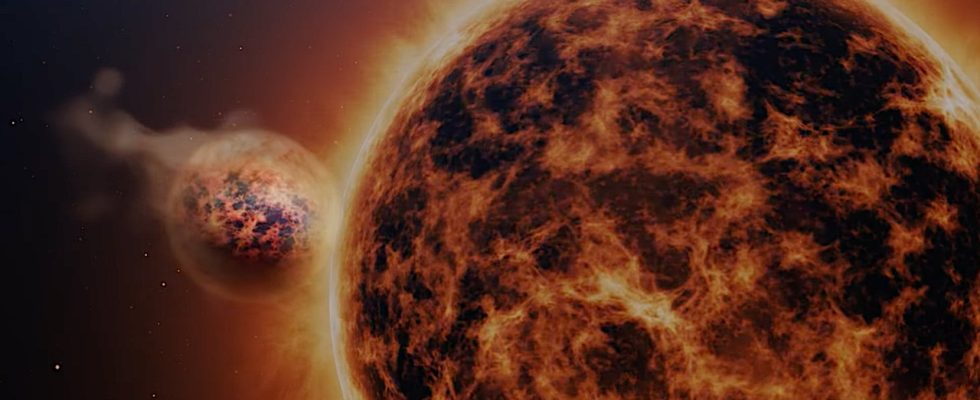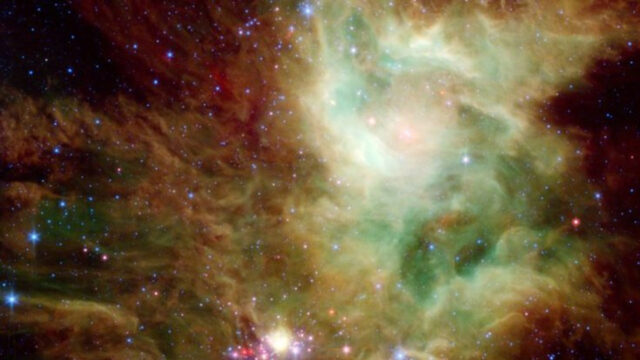With the increase in space exploration, we see once again how big the universe actually is. The James Webb space telescope continues to unravel the mystery of the universe. Many celestial objects and galaxies discovered so far bear the signature of the James Webb telescope. Now he has discovered an exoplanet filled with sand clouds and sulfur that resembles Neptune. Here are the details…
James Webb explores a replica of the sulfur-filled exoplanet Neptune!
The James Webb Space Telescope has revealed something intriguing about an exoplanet. This exoplanet is a gas giant known as WASP-107b. It also looks quite similar to Neptune. This gas giant currently orbits a star approximately 211 light-years from Earth.
This exoplanet was first discovered in 2017. Now the Webb Space Telescope is shedding light on some of the secrets of this mysterious planet. The space telescope revealed that the exoplanet’s atmosphere contains sand clouds and high amounts of sulfur in its clouds.
Thanks to this new discovery, it turned out that the planet’s atmosphere was not dense enough to prevent observations of the James Webb space telescope. Astronomers use the telescope’s Mid-Infrared Instrument (MIRI). In this way, they will be able to learn more about its structure.
Researchers detected high concentrations of sulfur in WASP-107b’s atmosphere, based on wavelength measurements. Additionally, its atmosphere contains sand clouds that fill the sky. Scientists think the planet is a bit puffy due to high measurements of sand, water and sulfur dioxide in the planet’s atmosphere. Surprisingly, astronomers found no trace of methane in the atmosphere.
Despite WASP-107b’s structure, astronomers say the planet’s star is relatively cool and does not emit many high-energy photons. However, the gas giant’s atmosphere has a fluffy and airy nature. Therefore, the emitted photons penetrate deep into the atmosphere. They will investigate factors that cause high sulfur dioxide concentrations using Webb’s MIRI.

